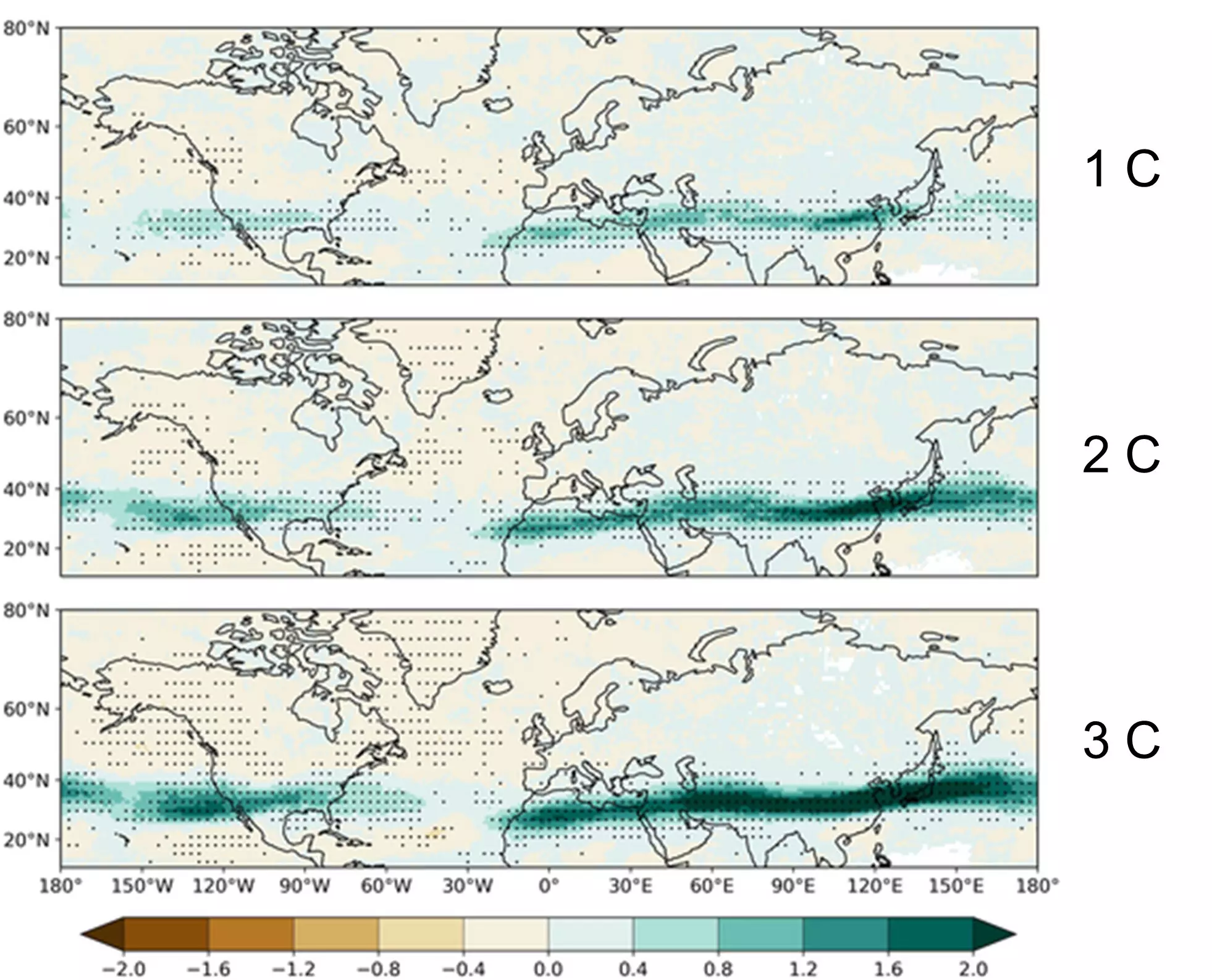Air travel has long been considered one of the safest modes of transportation. However, a rising and unpredictable danger lurks in the skies: clear air turbulence (CAT). Recent research reveals a disconcerting trend—this type of turbulence, often undetected until it strikes, is set to become increasingly common over the Northern Hemisphere as global temperatures rise. Shift your focus to this alarming trend, and the implications of the findings could change the perception of air travel forever.
Clear air turbulence is generally encountered at cruising altitudes, where jet streams paint the atmosphere. Unlike turbulence experienced during thunderstorms or rocky-terrains, CAT is insidious; it strikes without warning and is notoriously difficult to predict. A study published in the *Journal of Geophysical Research: Atmospheres* has shed light on a significant increase in moderate-to-severe clear air turbulence from 1980 to 2021—a swelling concern that could impact both passenger safety and airline procedures.
The Democrats of Data: Analyzing the Shift
The recent research employed a robust collection of climate models and simulations to project the future of clear air turbulence. Research spearheaded by atmospheric scientist Mohamed Foudad and his team at the University of Reading reveals that CAT occurrences may rise in regions intimately linked with the jet stream, such as North Africa, East Asia, and the Middle East. In fact, this dataset demonstrates a startling 60% to 155% increase in moderate-to-severe CAT in the aforementioned regions over the last four decades.
These findings do not merely serve as statistics; they provide insight into the underlying climate dynamics shaping our atmosphere. As global temperatures climb, the kinetic energy in the atmosphere does too, intensifying jet streams and promoting the potential for vertical wind shear—two factors that contribute to the surge in clear air turbulence.
Passenger Safety at Stake: The Gravity of Turbulence
What does this mean for the average airline passenger? Historically, clear air turbulence has been a significant contributor to aviation injuries, responsible for an astounding 70% of weather-related accidents within the United States. Foudad emphasizes that engineers must take these findings into account when designing aircraft in the years to come, forecasting a future where airline travel could become bumpier.
Flight incidents involving clear air turbulence have already made headlines, with well-known encounters causing injuries on major airlines such as Singapore Airlines and Air Europa. The fact that such turbulence is invisible amplifies its threat, as passengers and crews cannot often brace themselves in advance. The proposed shift in future turbulence patterns raises critical questions about the effectiveness of existing safety protocols, necessitating a reevaluation of current measures to protect travelers in an increasingly variable climate.
Climate Variability and Turbulence Predictions
Interestingly, while research predicts an upsurge in CAT driven by climate change in certain regions, the data surrounding the North Atlantic appears less conclusive. Attempts to attribute changes in CAT frequency over that area to human-driven climate change reveal underlying complexities. Natural climate variability may be clouding the picture, perpetuating the uncertainty of how exactly climate change impacts turbulence in specific locales.
Furthermore, identifying safe altitudes for more stable flying can lead to cost-effective adjustments in flight pathways. However, such analyses are costly and complex, complicating efforts to mitigate safety concerns associated with CAT. While the airline industry evolves, the looming question remains: how do we adapt effectively to these escalating atmospheric concerns?
The Future of Flight and Engineering Design
Aircraft engineering has always thrived on adaptability, and this paradigm must continue in light of emerging research. Foudad suggests that modern aircraft design should evolve to account for the anticipated increase in CAT. While technology has empowered engineers, ensuring planes can withstand fierce turbulence is paramount for safeguarding passengers.
It is essential for the aviation sector, regulators, and researchers to collaborate on best practices and innovations that respond to the challenge of unpredictable turbulence effectively. Each degree of warming adds to the potential upheaval of air travel experience, but addressing these impending changes head-on can aid in mitigating future risks while ensuring that aviation remains a reliable means of travel.
As we confront the implications of climate change, the impact on clear air turbulence serves as a crucial reminder of our responsibility to address the complex interplay between our actions and atmospheric phenomena. The journey ahead requires not only resilience but also proactive measures that prioritize passenger safety and enhance understanding of the atmospheric dynamics in play as temperatures continue to rise.


Leave a Reply